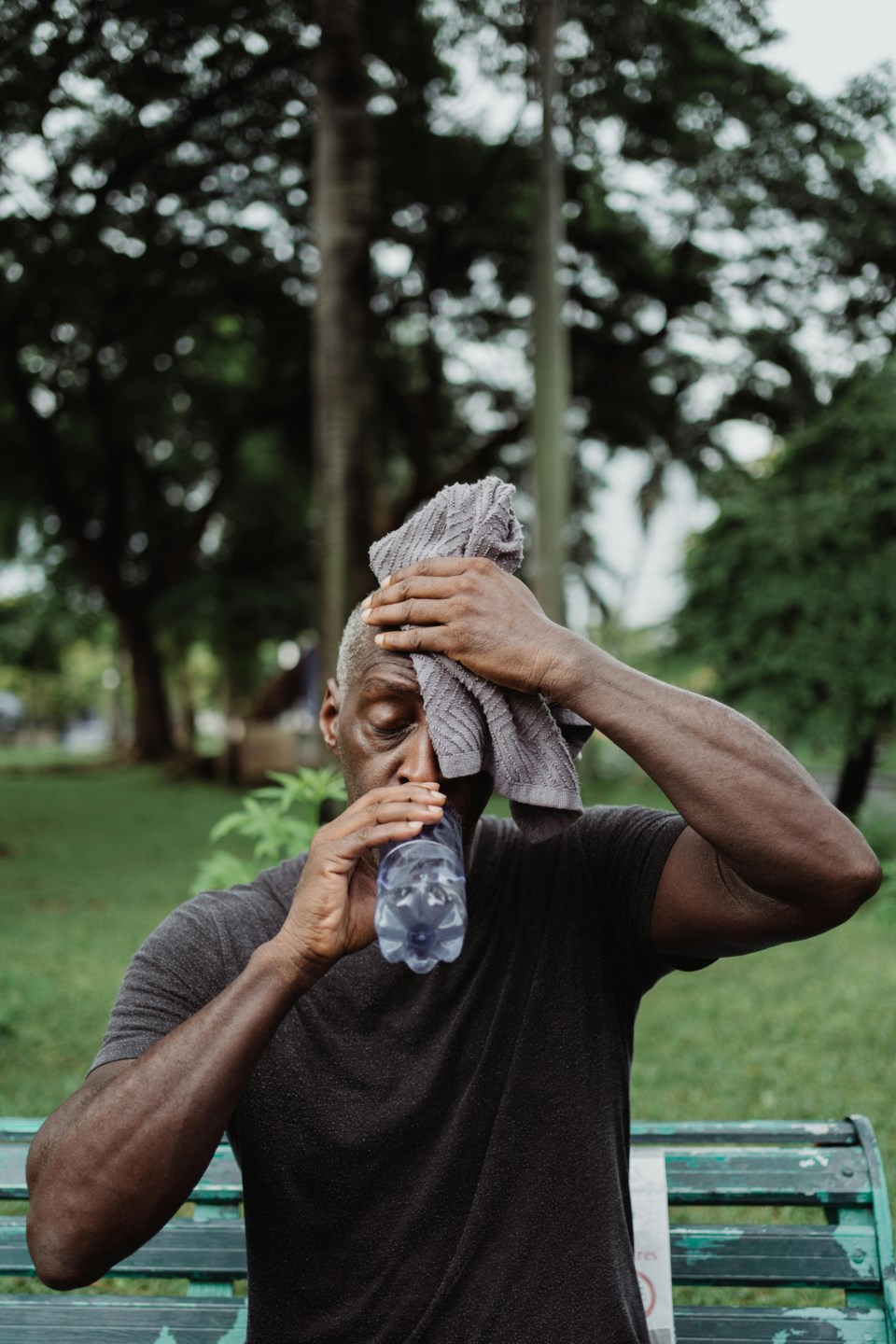SASKATCHEWAN – Throughout the province, many have experienced an extreme switch in the weather. Less than a month ago, some areas still had furnaces running and now with the recent heat wave, it is hotter than…well you know where!
As many retreat to their air-conditioned homes and workspaces, there are those who are not so fortunate. The hot, dry summers tend to lead to rising temperatures, leading to dangerous heat conditions that can be harmful to high-risk individuals. Those who live with addictions, severe mental illnesses, those who work outside, seniors who live alone, socially isolated individuals and those who have multiple health conditions such as diabetes, lung and heart diseases.
There are ways Saskatchewan residents can work together to ensure everyone stays safe during the heat waves we experience. Apps such as SaskAlert or WeatherCAN can be downloaded to your smartphone or devices, which will alert you of sever weather conditions. SaskAlert, is an emergency public alerting program through the Government of Saskatchewan, providing critical information in real time. Although not everyone has a smartphone or device, it is always a good idea to check in on the neighbours who may not have the same technology as you.
It is important to stay hydrated throughout the day. Even when working indoors, drinking water will help from feel any symptoms of heat illness or dehydration. Monitoring the indoor temperature to ensure it does not get too warm inside will reduce the risk of dehydration as well.
For spaces with no air-conditioning, there are tricks to help keep your space comfortable. Closing any open windows and blinds first thing in the morning will stop the early morning sun from heating up inside of your building. If the space has a basement, retreat to the lower level. Heat tends to rise, leaving the lower levels significantly cooler. If you still feel like the heat has gotten to you, having a cool shower or bath can also lower your body temperature enough to ward off any future symptoms you may experience.
If your work entails С����Ƶ outdoors, taking frequent breaks in a cooler spot may help in the extreme heat. Staying hydrated will be extremely important as well as finding ways to cool off. Using damp cool cloths can be used to cool body temperatures while working outside.
Heat related illnesses can include heat exhaustion and heat stroke. Sometimes these illnesses can become more pronounced with certain medications you are currently taking. Knowing when to get treatment is key when dealing with heat related illnesses, so know the signs for early detection.
Heat exhaustion usually shows neurological signs of dizziness, light-headedness, headaches, anxiety and confusion. There may be some physical symptoms such as nausea, vomiting and hypotension. Someone who is experiencing heat exhaustion will have hot, red skin and will be sweating and they may have an increased heart rate. If the early symptoms are not treated or the individual is exposed further heat, the symptoms can worsen and lead to heat stroke.
There are two varying types of heat stroke: classic heat stroke and exertional heat stroke. Both have very similar symptoms, including delirium, hallucinations, confusion, irritability, aggressiveness, seizures, loss of consciousness, shock, cardiac arrhythmias, increased heart rate and rapid breathing. The difference between the two is dependent on the condition of the individual’s skin.
Classic heat stroke generally is hot, red, dry skin and is usually found on those who are vulnerable or inactive. It is best to cool the individual down gradually, trying to not exacerbate their condition.
Exertional heat stroke is when an individual is sweating profusely while performing high physical activities in the heat. If heat stroke goes untreated for an extended period, conditions such as pulmonary edema, liver failure, kidney failure, muscle fibers breakdown and even death could the result. If you or someone you know are experiencing exertional heat stroke, submerge the body in ice-water baths to cool them quickly and seek medical attention.
As mentioned before, some medications can bring on symptoms faster. Medications such as:
- antiadrenergics and beta blockers (Atenolol, Metoprolol)
- anticholinergics (Scopolamine)
- antidepressants (Prozac, Zoloft, other SSRI’s)
- antihistamines (Brompheniramine)
- anti-Parkinson’s agents (Benztropine, Levodopa, Trihexyphenidyl)
- antipsychotics (Olanzapine)
- sympathomimetics (Pseudoephedrine)
- diuretics (Lasix)
- several other drug classes (cholinesterase inhibitors, antiarrhythmics, calcium blockers)
Knowing how the medications will react with higher body temperatures will help if ever in the situation of seeking medical attention.




